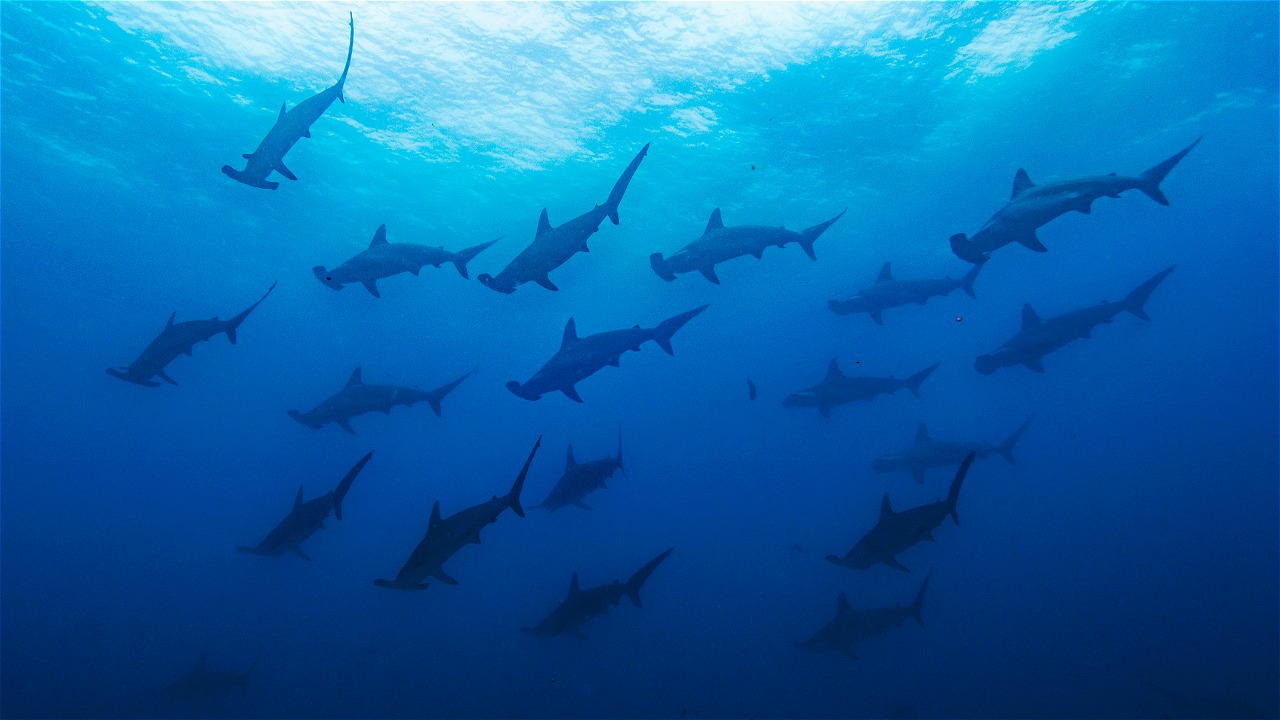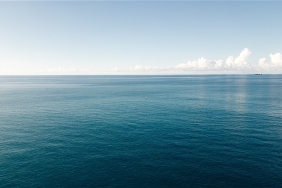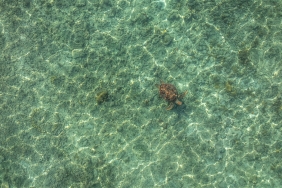CALLING SHARKS AT A DEPTH OF 15 METERS
By: Erlangga Diga (Reef Check Indonesia)
On Sunday (23/11), we dived in the northern part of site 10, in the waters around Wawonii Island, Konawe Islands Regency. We were faced with strong currents, cloudy weather, and a swirling current that even made the Menami Ship spin.
We waited until the site conditions allowed for diving, when the current was a little calmer. Then, we began to make preparations and travel to the site using Dinggi.
Since it was the last dive day of the Southeast Sulawesi Expedition, and given the open and direct sea-facing nature of the site, I was curious to try a method of summoning sharks.
This was because, during these seven days of diving, I had not encountered the top predator which is a key to the health of a coral reef ecosystem. As soon as we finished collecting data, Irwan Hermawan, the expedition's photographer, and I took our cameras down to a depth of 15 meters to try out the audible stationary count method.
This method utilizes the low sound vibration frequency produced by rubbing a plastic bottle for 10 - 15 minutes that can be picked up by fish and sharks. In the first five minutes, no change occurred. However, not long after that, we got results!
However, it wasn't the sharks that showed up. Not just reef fish, even pelagic fish such as bobara fish (Caranx melampygus) appeared in large numbers. The fish circled around as if looking for the source of the sound vibrations for about five minutes.
Irwan and I enjoyed the view and captured this rare moment. I still swiped the bottle for about five more minutes in the hope that the predator would appear. However, with the condition of the tube and the shark not coming, Irwan and I decided to end the experiment and return to the surface.
The lack of sharks meant that, in line with the findings of the fisheries team that went ashore, sharks were rarely found in the area. It's a shame that, even by being called, sharks are gone. In fact, sharks play an important role in maintaining the health of the coral reef ecosystem by preying on sick fish.
I hope that the basic data generated during this expedition can be useful for the management of coral reef conservation areas in Southeast Sulawesi. Thus, the balance of the ecosystem, which is characterized by the appearance of sharks, can be maintained in a sustainable manner.





